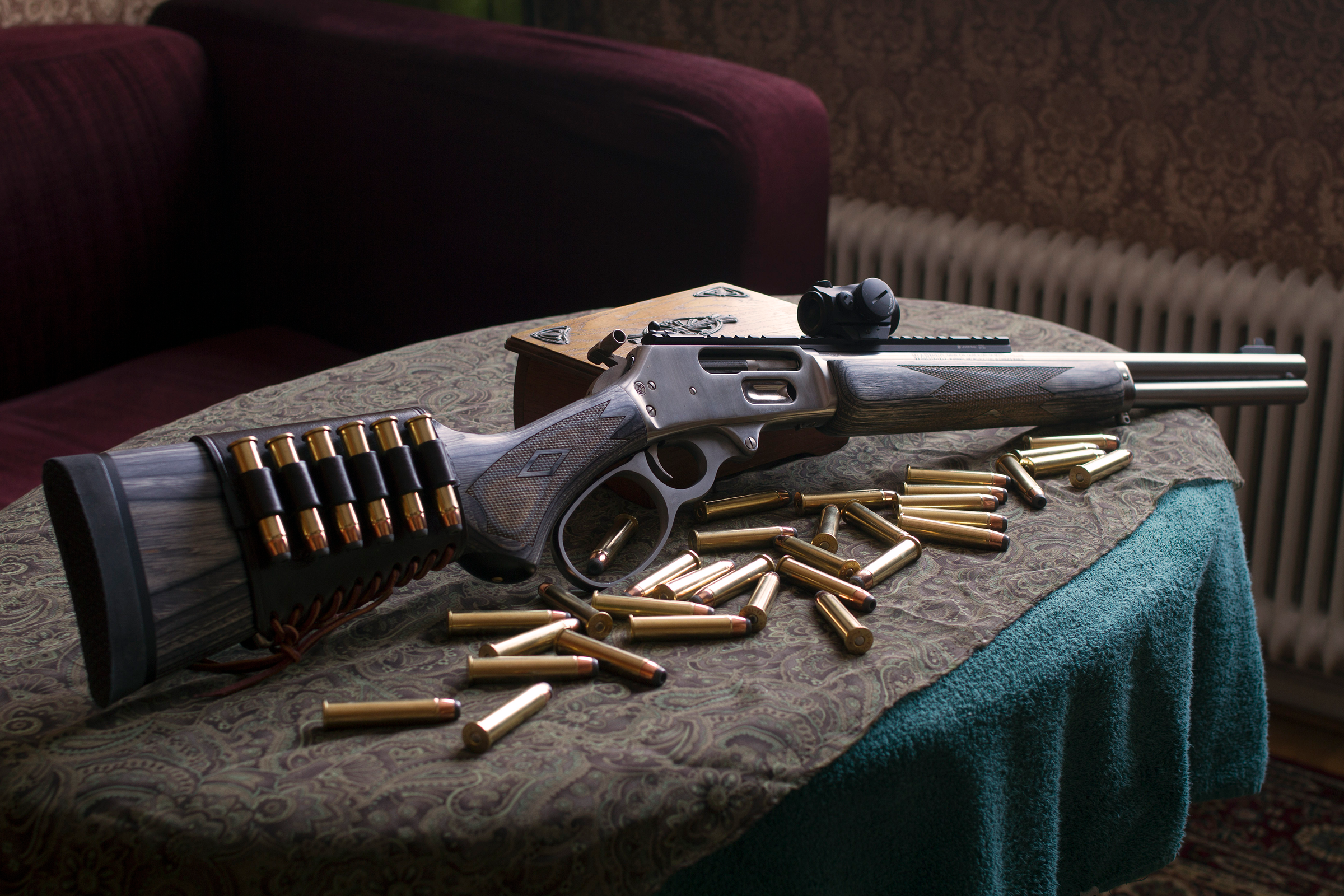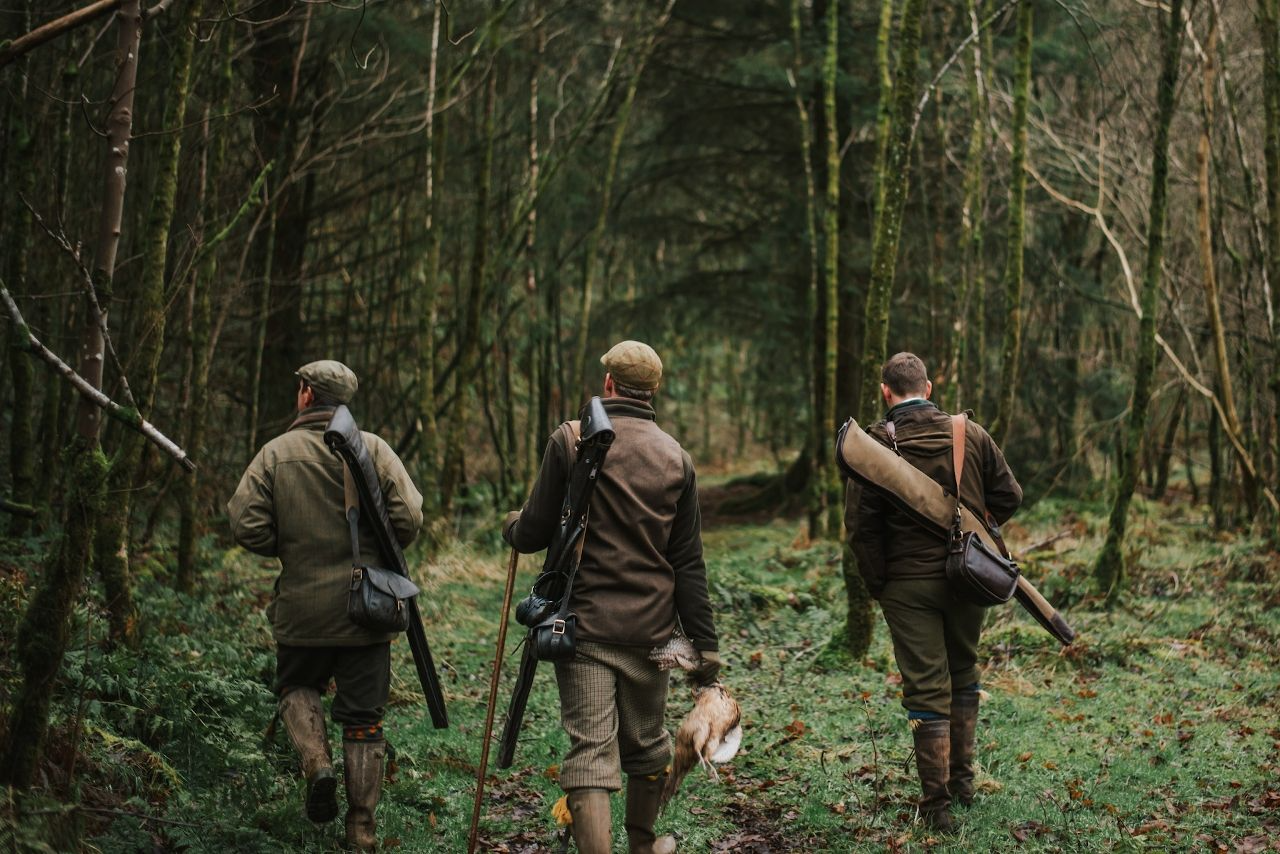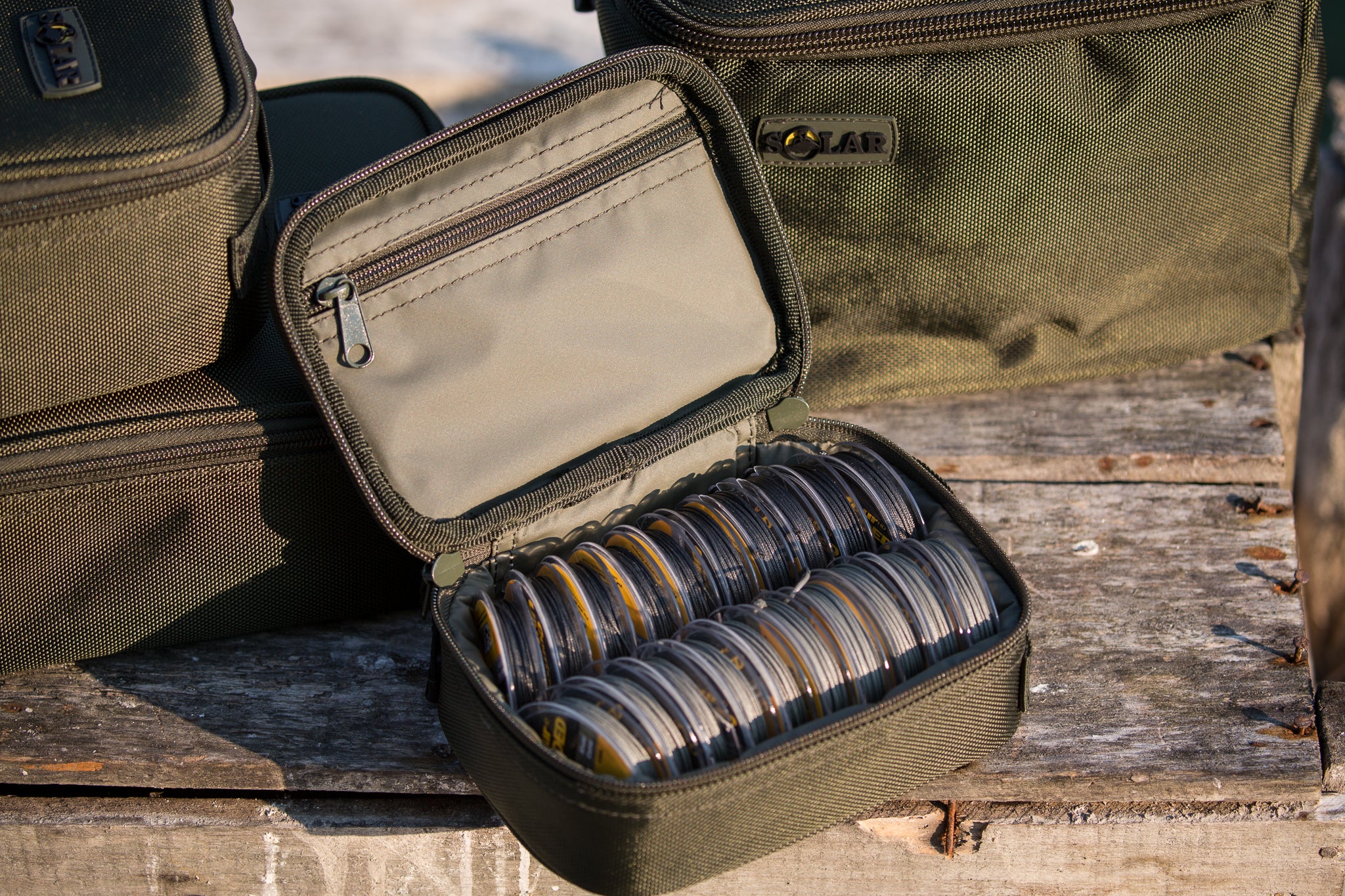As winter blankets the landscape with snow and ice, avid anglers eagerly embrace the unique challenges and rewards of ice fishing. This cold-weather pursuit offers a distinct experience, requiring specialized knowledge, gear, and techniques to navigate frozen waters and catch fish beneath the icy surface. In this comprehensive guide, we'll explore essential tips and techniques to enhance your winter ice fishing success.
Winter ice fishing
Tips and techniques for cold-weather success
1. Safety first: ice thickness and conditions
Before venturing onto frozen waters, safety should be your top priority. Ice thickness is crucial, and it's imperative to check and verify it before stepping onto the ice. The recommended minimum thickness for a single person is around four inches of clear ice, while larger groups or vehicles may require much thicker ice.
Pay attention to the ice conditions as well. Clear ice is generally stronger than cloudy or slushy ice. Look for cracks, pressure ridges, and areas with snow cover, as they can indicate potential weak spots. Always carry safety gear, including ice picks, a life jacket, and a length of rope, and inform someone about your fishing plans.
2. Essential gear for winter ice fishing
The right gear is essential for a successful and enjoyable ice fishing experience. Ensure you have the following items:
-
Ice auger: A tool for drilling holes in the ice to reach the water below. Hand augers are portable and suitable for smaller holes, while power augers are faster and more efficient for larger holes.
-
Ice shelter or tent: Provides protection from the wind and cold, creating a more comfortable fishing environment. Choose a shelter that suits your preferences and accommodates your group size.
-
Tip-ups or ice fishing rods: Tip-ups are devices that signal when a fish has taken the bait, while ice fishing rods are designed for use within a confined space. Both options have their advantages, and the choice depends on personal preference and the type of fishing you plan to do.
-
Bait and lures: Live bait such as minnows, waxworms, or artificial lures are effective for enticing fish under the ice. Experiment with different baits to determine what the fish in your chosen location prefer.
-
Sled or ice fishing tackle box: A sled is useful for transporting your gear across the ice, while a tackle box should be well-organized with a variety of lures, line, and other essentials.
-
Warm clothing: Dressing in layers is essential for staying warm during prolonged periods on the ice. Waterproof and windproof outer layers, insulated boots, and thermal socks are crucial for cold-weather comfort.
3. Understanding winter fish behavior
Fish behavior changes in colder temperatures, and understanding these patterns is key to successful winter ice fishing. In many bodies of water, fish become more lethargic and move at a slower pace. They often gather in deeper areas where the water is warmer, and locating these hotspots is essential for a productive ice fishing outing.
Panfish, such as bluegill and crappie, are commonly found in schools suspended in the water column. Predatory fish, like northern pike and walleye, tend to stay closer to the bottom. Utilize fish finders or underwater cameras to identify these locations and increase your chances of a successful catch.
4. Choosing the right ice fishing technique
Ice fishing offers a variety of techniques to entice fish. Experiment with the following approaches to see what works best for the species you're targeting:
-
Jigging: This involves using an up-and-down motion of the bait to attract fish. It's an active and often effective technique for enticing a reaction strike.
-
Dead sticking: A more passive approach where the bait is left motionless in the water. This technique can be effective for tempting finicky fish.
-
Tip-up fishing: This method involves setting up a tip-up flag system. When a fish takes the bait, the flag is triggered, alerting the angler to a potential catch. This is a hands-free method that allows you to fish multiple holes simultaneously.
-
Trolling with an ice auger: If you're targeting larger areas or covering more ground, drilling multiple holes and moving from one to the next can be an effective strategy.
5. Patience and adaptability
Winter ice fishing requires patience and adaptability. Fish may be more selective in cold water, so be prepared to change bait, adjust depths, or switch fishing techniques if you're not getting bites. Experimentation is key, and paying attention to subtle changes in fish behavior can make the difference between a slow day and a successful outing.
6. Weather monitoring
Keep a close eye on the weather conditions, as they can influence fish activity. Generally, overcast days tend to be more productive than bright, sunny ones. Barometric pressure changes can also impact fish behavior, with many species becoming more active during low-pressure systems.
7. Respect the environment and regulations
While enjoying the winter ice fishing experience, it's essential to respect the environment and adhere to local fishing regulations. Dispose of waste properly, avoid disturbing wildlife, and follow catch-and-release guidelines if applicable.
Conclusion: embracing the winter ice fishing challenge
Winter ice fishing is not just a sport; it's an adventure that requires preparation, skill, and a love for the great outdoors. By prioritizing safety, investing in the right gear, understanding fish behavior, and employing effective techniques, anglers can make the most of the cold season and experience the thrill of ice fishing success. So bundle up, drill a hole in the ice, and immerse yourself in the serene beauty of winter as you wait for that telltale tug on your line beneath the frozen surface.

























